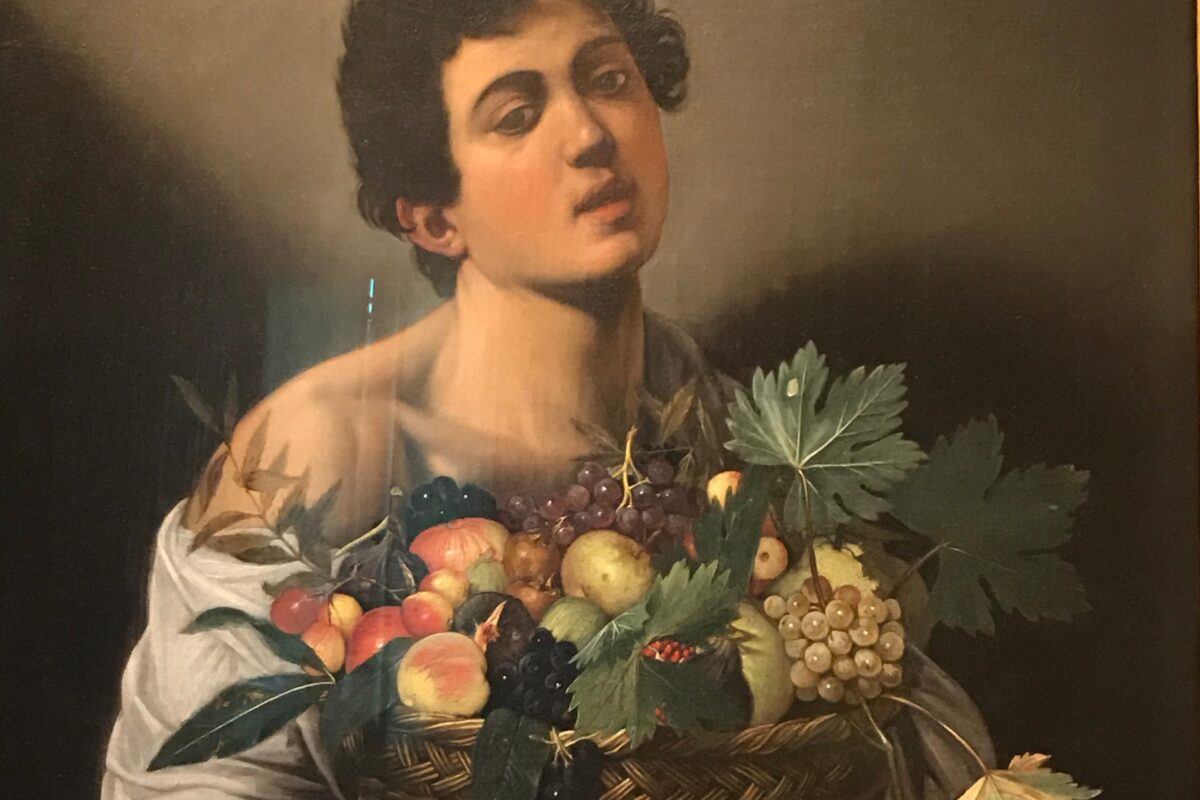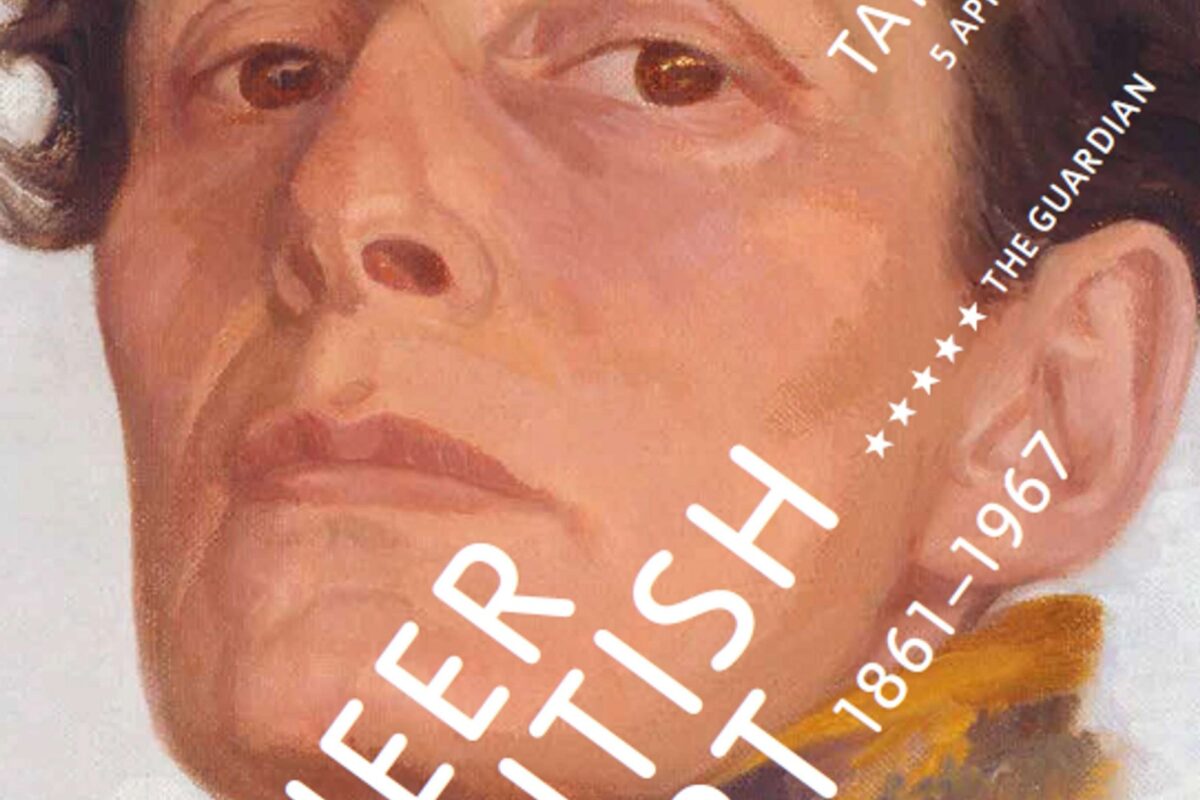Gay artists have faced a daunting dilemma since the beginning of time: keeping their sexuality hidden or being out with their art and lives and, in doing so, risking rejection and even prosecution. This is why many gay artists, who couldn’t express themselves openly, were forced to live double lives. They created mainstream work, which they showed openly, as well as homoerotic work, which they hid, circulated just among a circle of friends, or destroyed.
Queer British Art
In a little over 100 years, between 1861 and 1967, Britain went from punishing male homosexuality with the death penalty to decriminalisation across the vast majority of the country. That may seem like a glacial pace but when we consider the World Health Organisation didn’t officially declassify homosexuality as a mental disorder until 1992, the UK seems ahead of its time. One of the easiest ways to trace the societal and legal shift in attitudes towards sexuality that took place in the UK at this time is to look at the artistic output of the nation. To see how British society went from treating artists like Oscar Wilde and Simeon Solomon as criminals, whose careers were both ruined by ‘gross indecency’ trials, to accepting and embracing artists like David Hockney and Francis Bacon as national heroes is a fascinating journey, and one on which we can all travel thanks to the work of the Tate gallery in London.







